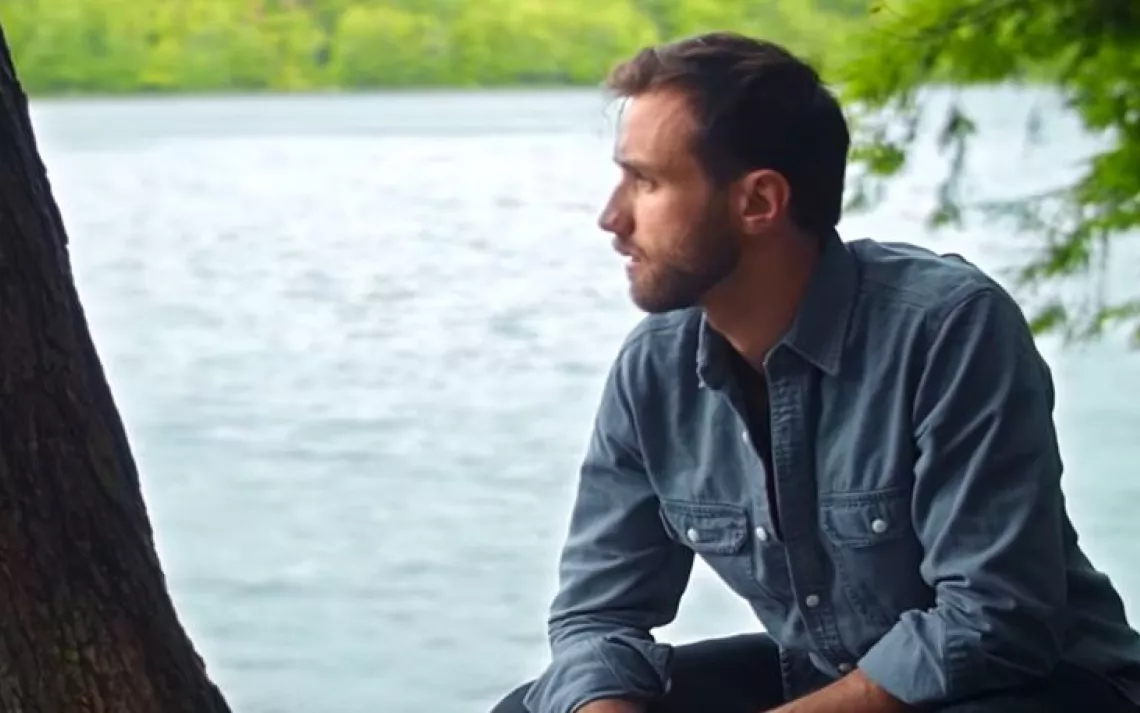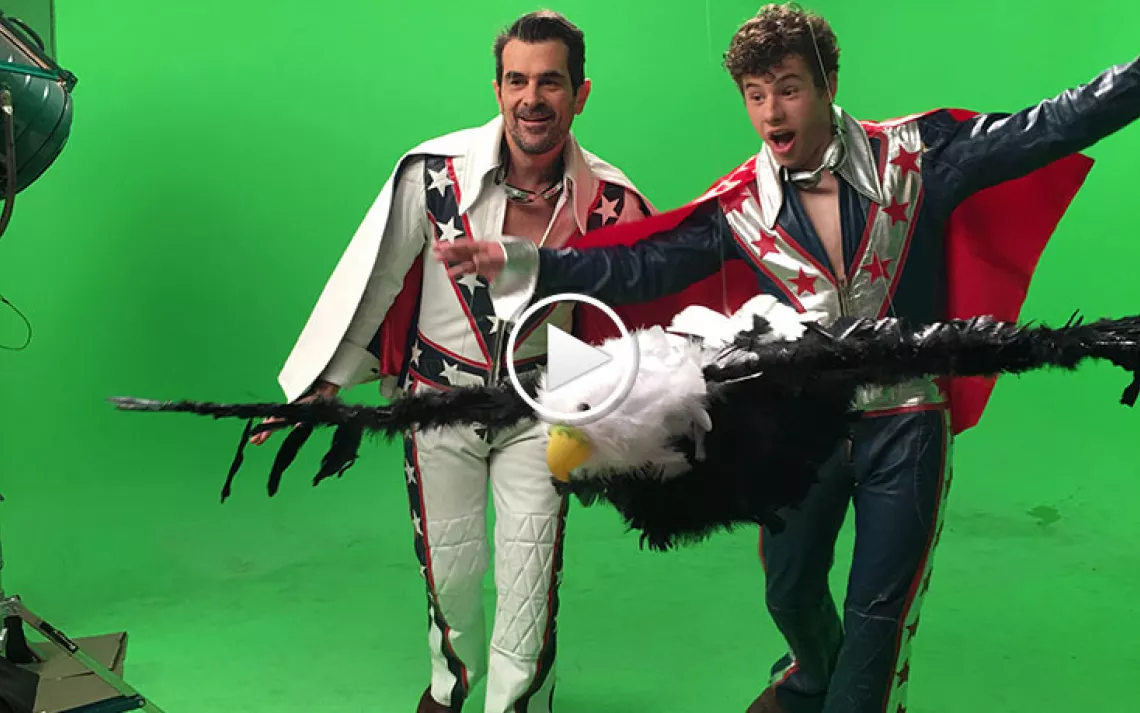4 Environmental Time-Lapse Videos You Have to See to Believe

Not very many people relish in the thought of watching grass grow or paint dry. Who can blame them? Slow changes are boring and often imperceptible to the human brain. Unfortunately, the most critical environmental issues we face today involve subjects that move at a snail’s pace. Slower, actually. If you can’t see glaciers melting, tar sands expanding, coral reefs dwindling, or deforestation spreading, how can you believe these things are happening at all, let alone at an alarming pace? For most, seeing is believing.
Enter the quiet hero of climate change awareness: time-lapse photography. The art form provides a new lens for viewing climate change, at a pace our brains can understand. These four time-lapse videos will allow you to view significant environmental changes from the time-perspectives of a coral within a changing reef landscape; a glacier within the Arctic; a weather pattern within a microclimate; and a tree within a forest.
SLOW LIFE
“The most important living organisms that play the key functions in the biosphere might not seem exciting when it comes to motion,” Slow Life creator, Daniel Stoupin, wrote on his blog. Corals, sponges, and anemones move so imperceptibly slow that they appear static to humans –- nine months of image capture amounted to only three minutes of footage once sped up for Slow Life. Only through time-lapse photography are we able to understand that these organisms are in constant motion: “They grow, reproduce, spread, move towards sources of energy, and away from unfavorable conditions.”
For example, who would have thought of corals as fierce predators? Slow Life portrays the microscopic reef landscape as alive and purposeful –- qualities that may encourage viewers to be more concerned about our endangered coral reefs.
Slow Life from Daniel Stoupin.
ADRIFT
“Creep” might be the verb you’d use to describe fog, but Adrift shows it flowing like an organized and methodical river. And it is a river, of sorts: fog provides a steady stream of water and cool air to the coastal redwoods. Sadly, this “unseen sea” of San Francisco has decreased by 33 percent over the past 100 years. Adrift may not show the loss of fog, but it draws our attention to an important environmental process that we don't notice is changing.
Adrift from Simon Christen.
EXTREME ICE SURVEY
“Our brains are programmed to think that geology is something that happened a long time ago or will happen a long time in the future,” James Balog, creator of Chasing Ice and founder of Extreme Ice Survey, says, “We don’t think that can happen during these little years that we each live on this planet, but the reality is that it does.”
Read a full review on Chasing Ice here.
GOOGLE TIME-LAPSES
They aren't the highest quality, but these time-lapse images are perhaps the most alarming of all. Google and Time Magazine assembled several visual sequences that depict changes to our global forests, tar sands, and mountains over the past 30 years. These changes are hard to watch, but they tell an important story about resource exploitation.
These portrayals of not-so-subtle environmental changes could prove to be a useful tool for educating the public on climate change, and, at best, encouraging action. Even more profound is the art form's suggestion that time is subjective to its beholder: time-lapse photography is merely a translator.
 The Magazine of The Sierra Club
The Magazine of The Sierra Club



